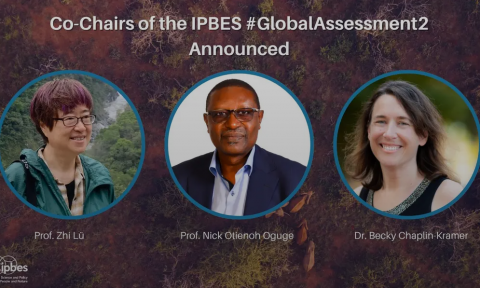2025 ICCA Consortium Regional Assembly of East and North Asia
To strengthen regional cooperation, promote experience sharing, and build capacity for community-conserved areas, the 2025 ICCA Consortium Regional Assembly of East and North Asia was successfully held from May 28–30, 2025, at Hustai National Park in Ulaanbaatar, Mongolia. The East and North Asia region of the ICCA Consortium currently includes 12 official members and several honorary members.
This Regional Assembly was co-organized by the Environment and Development Association JASIL (JASIL), the National Land Coalition, and Shan Shui Conservation Center (SSCC),
Over 40 participants—including ICCA members, honorary members, council representatives, local communities, and government officials—gathered to exchange experiences and discuss regional strategies in light of the upcoming International Year of Rangelands and Pastoralists (IYRP) in 2026, and opportunities to participate in global events such as UNCCD COP17, the IUCN World Conservation Congress, and UNFCCC COP30.
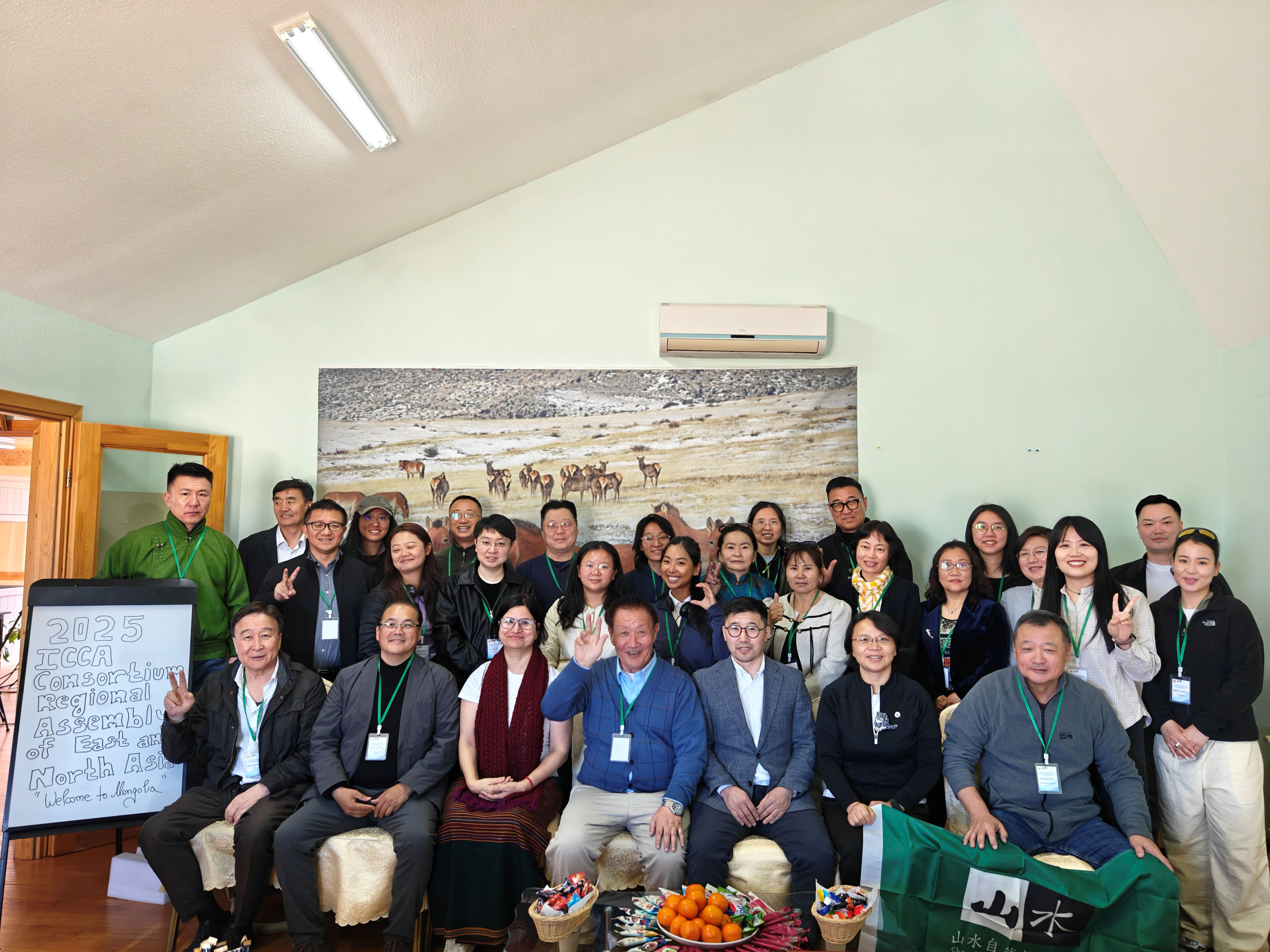
Two Days of Dialogue and Field Engagement
The Assembly consisted of a full day of in-depth forums, followed by a day of field visits to Hustai National Park and local communities.
Day 1: Regional Forum
The event opened with a keynote speech from Enkhtaivan Ts., Director of the International Cooperation Department, Ministry of Environment and Climate Change of Mongolia. He welcomed ICCA members on behalf of the Mongolian government and highlighted the significance of Hustai National Park for both ecological and cultural values. He emphasized Mongolia’s commitment to cooperation with ICCA NEA, particularly around desertification, biodiversity conservation, community engagement, and coordination for IYRP 2026 and UNCCD COP17.
Zhang Yingyi, ICCA Council Member for East and North Asia and Secretary-General of the Zhi Lan Foundation, reflected on how the first regional assembly was held online due to COVID-19. She celebrated the opportunity for in-person exchange and expressed hope that this would enhance collaboration and resilience amid ongoing global crises and climate change.

Neema Pathak Broome, ICCA Consortium Policy Coordinator, provided an overview of the ICCA Consortium’s history, principles, and the concept of “territories of life.”
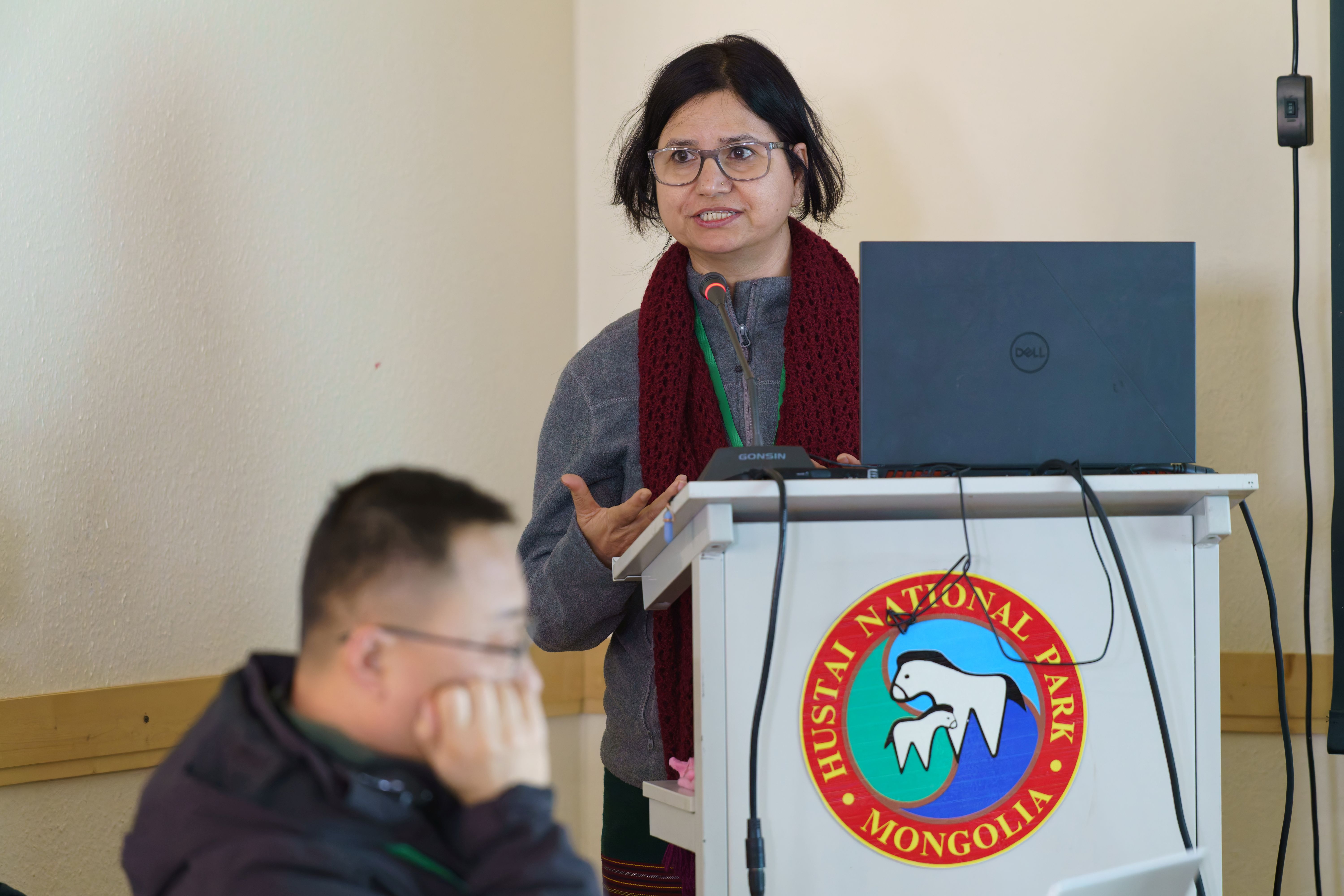
Shi Xiangying, Executive Director of Shan Shui Conservation Center and Regional Coordinator for East and North Asia, followed with a summary of current regional status and work priorities for 2025.
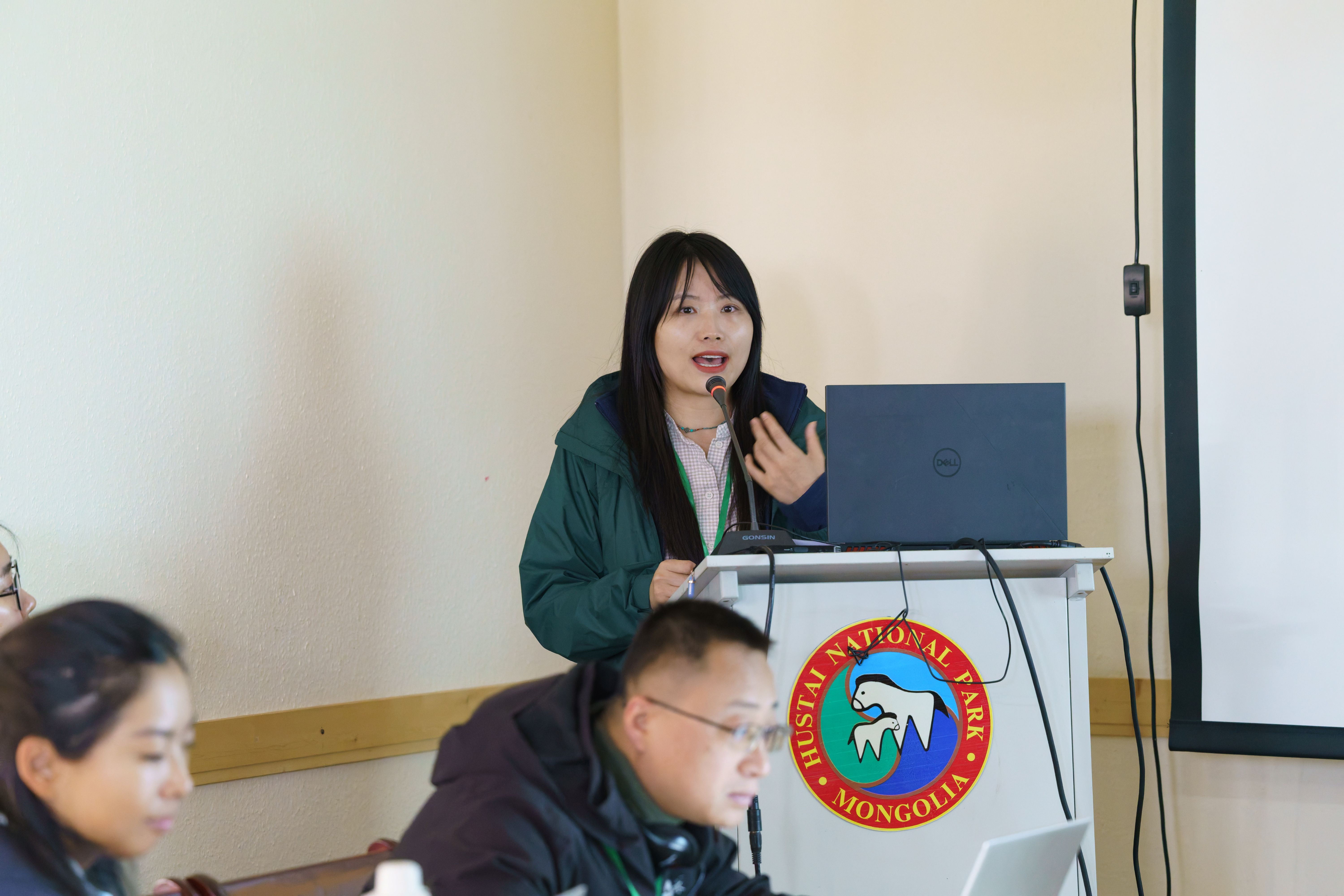
Ykhanbai Hijaba, Director of JASIL, Co-chair of the Central Asia and Mongolia RISG for IYRP, and member of the National Land Coalition and ICCA Mongolia Working Group, presented on the status and challenges of ICCAs in Mongolia.
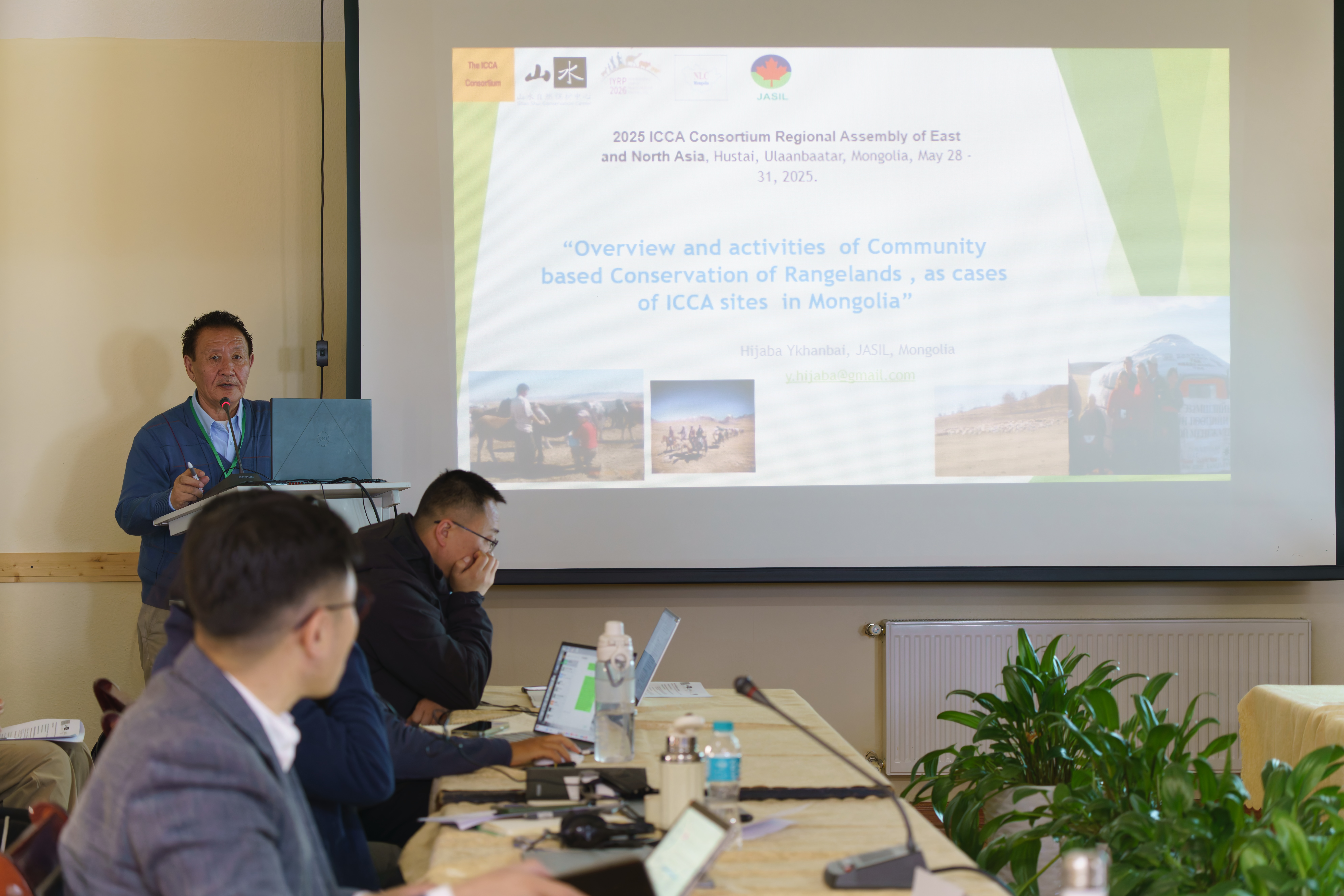
Policy Dialogue: Mongolia-China Exchange
A key portion of the forum focused on policy dialogue and national-level approaches to community conservation.
- Liu Yi, Biodiversity Technical Advisor and Asia-Pacific Focal Point for GEF/UNDP, emphasized the role of ICCAs in achieving the Kunming-Montreal Global Biodiversity Framework (GBF).
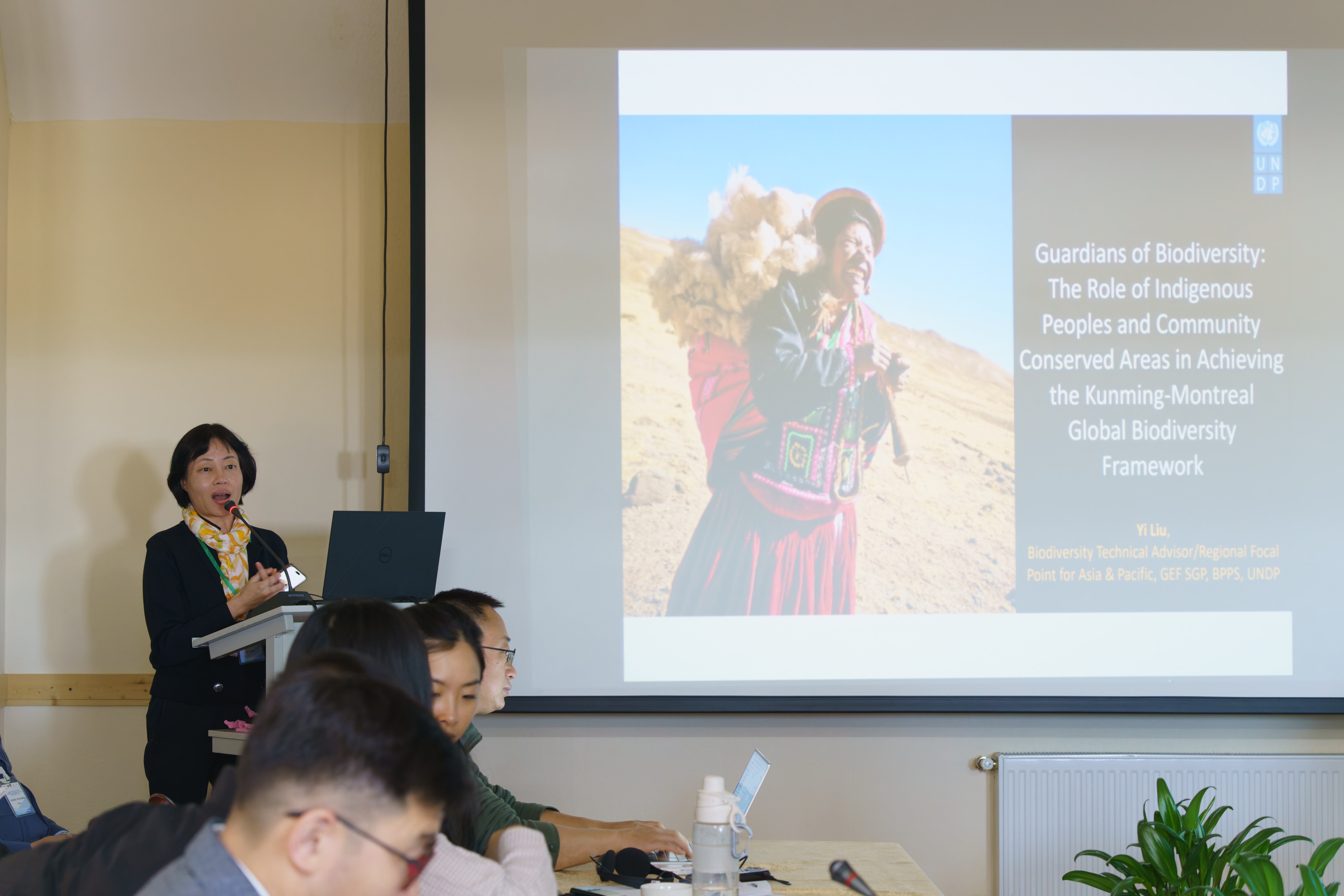
- Munkhnasan Ts., Director at the Ministry of Food, Agriculture, and Light Industry of Mongolia, outlined the national plan for IYRP, based on 12 monthly themes aligning with SDGs and UN environmental targets. He also introduced the legal frameworks for community-based natural resource management.
- Battulga D., Specialist at the Ministry of Environment and Climate Change, introduced Mongolia’s draft law on Protected Areas, which will give local communities enhanced roles in natural resource governance.
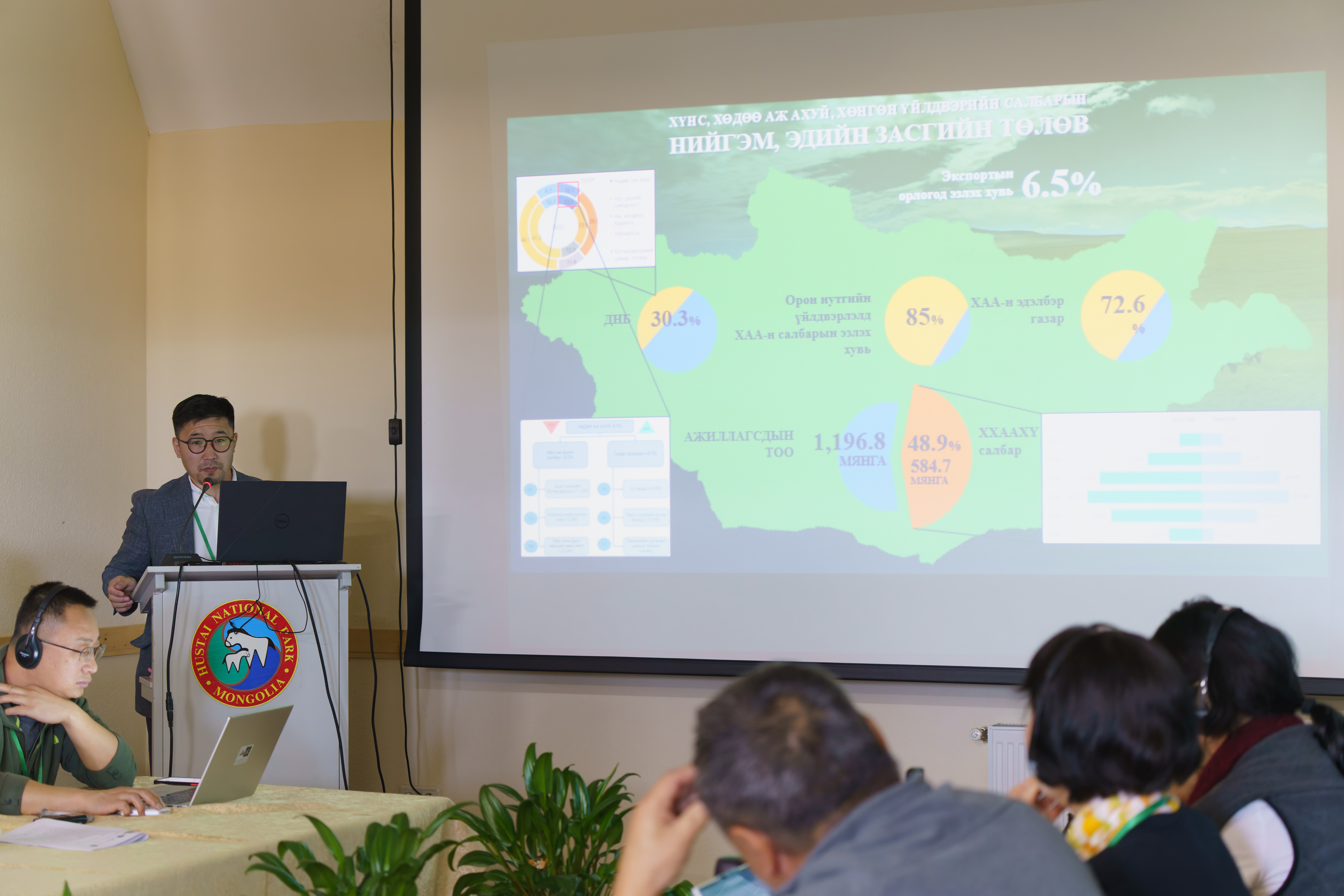
- Enkh-amgalan A., CPR, introduced the Draft Procedure for the Allocation of Pasture Land to Herder Associations. He explained the need for responsible pasture use, optimal livestock density, and long-term, inheritable land lease agreements as climate-smart strategies for sustainable pastoralism.

- Li Shengzhi, from the Sichuan Academy of Social Sciences, presented innovative mechanisms in China’s natural protected areas and community co-management, tracing the evolution from wildlife conservation to ecosystem service management and co-governance models.
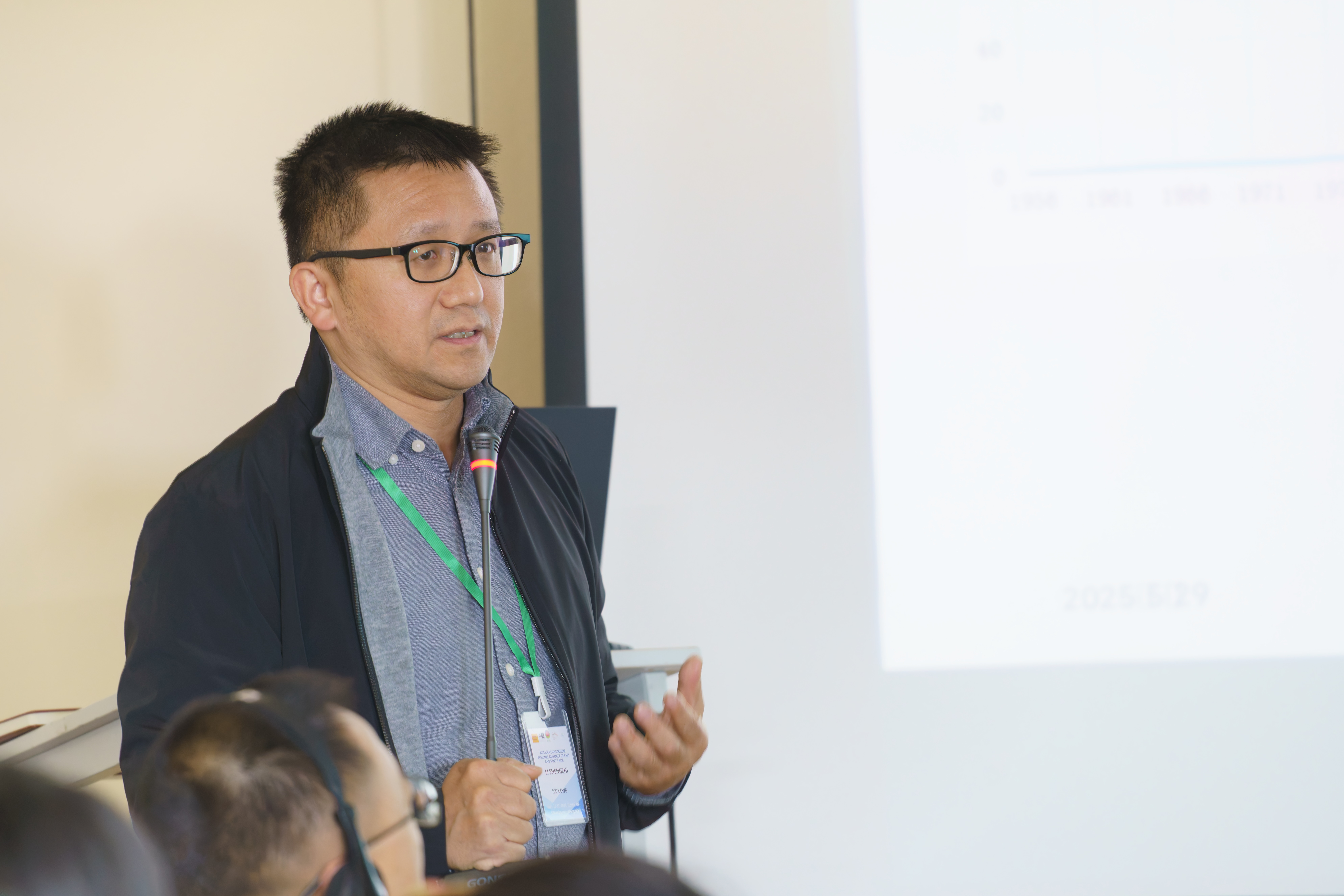
Thematic Session 1: Community Conservation and Livelihoods
The first thematic session focused on best practices and innovations in community conservation and livelihood development.
- Ganbaatar D., ICCA Honorary Member (Mongolia), provided an overview of community-conserved areas in Mongolia, distinguishing between legally recognized and informally recognized territories.
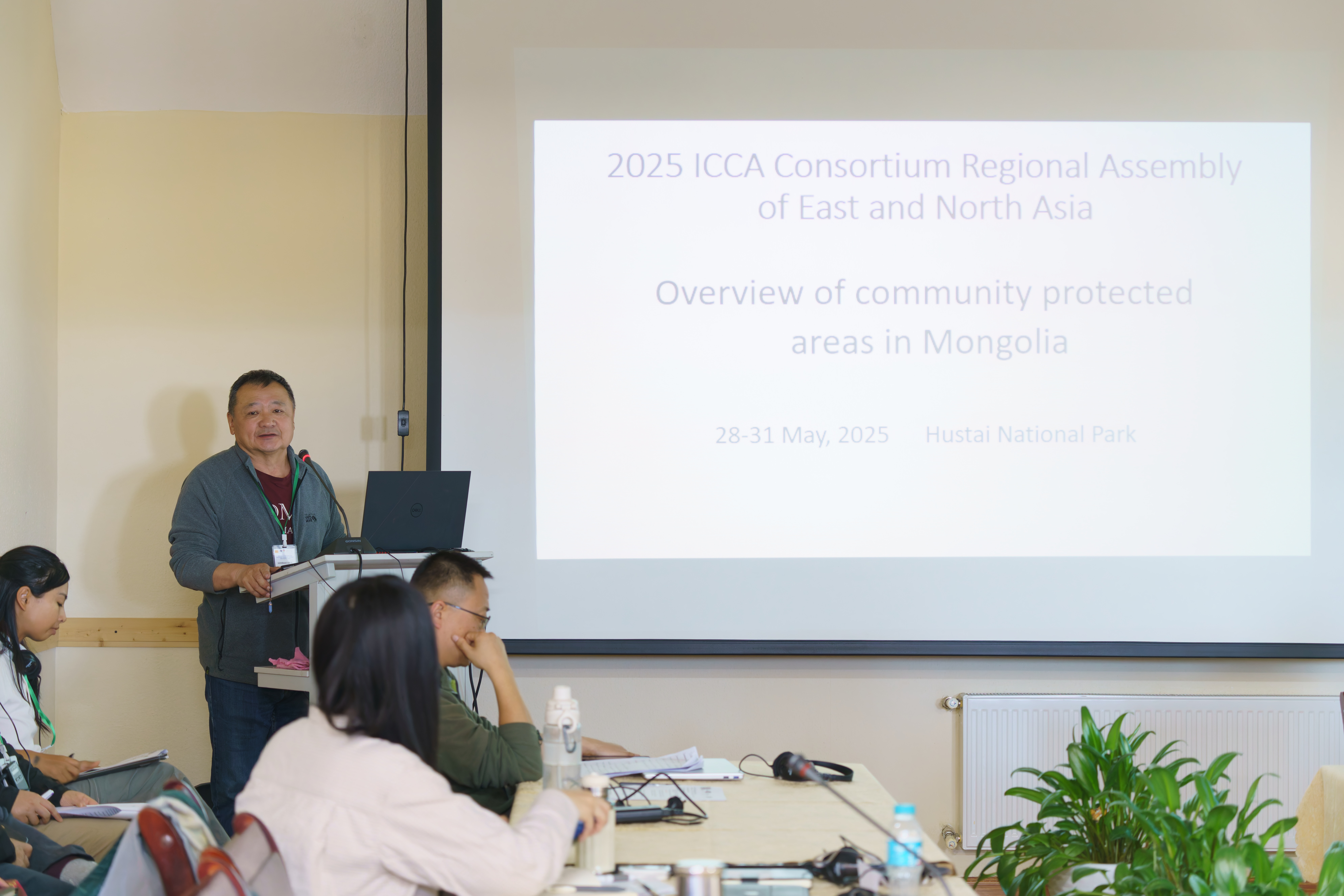
- Yan Lu, from Cloud Mountain Conservation (CMC), shared community-based gibbon conservation efforts in Yunnan, which integrate scientific research, sustainable practices, and government engagement.
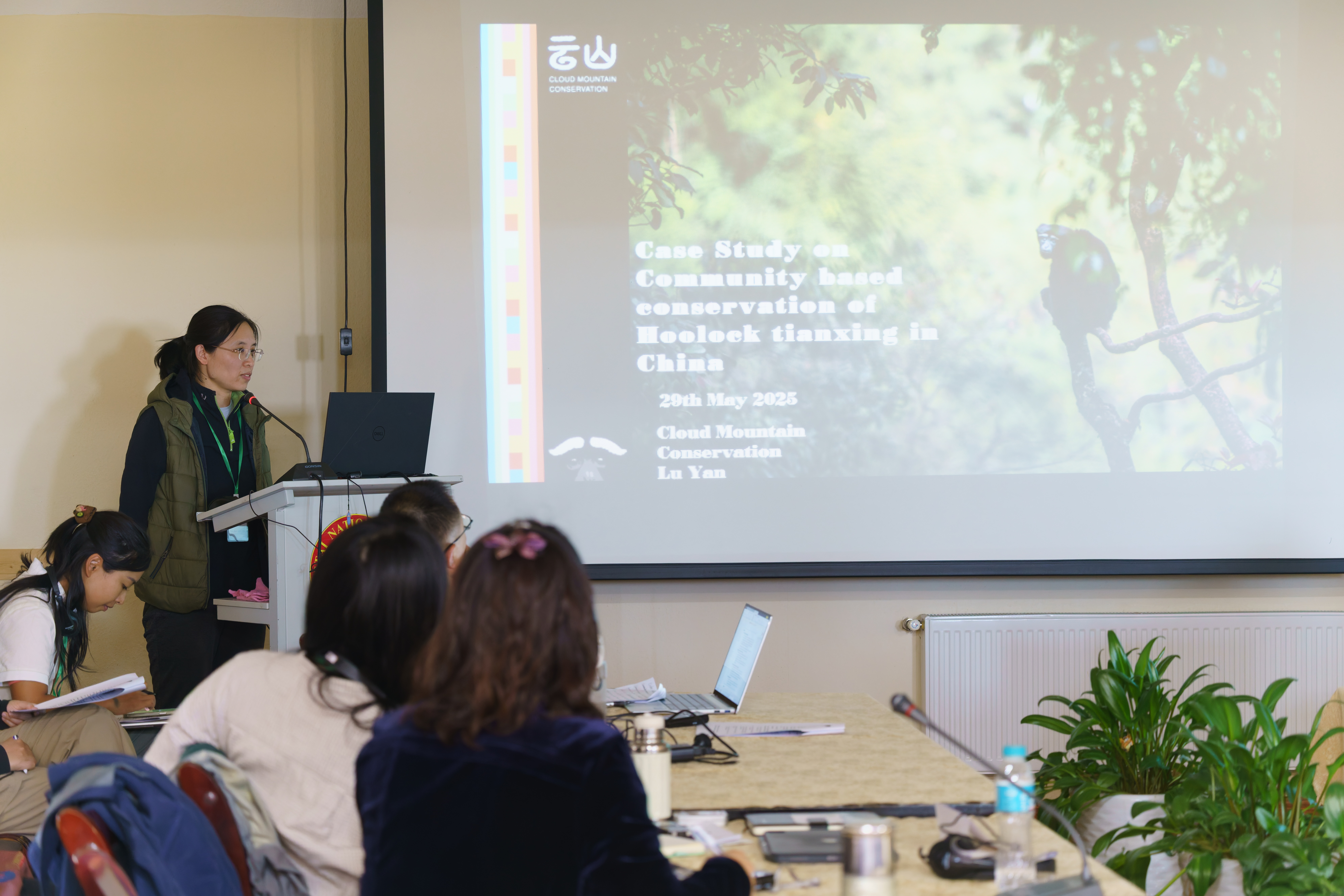
- Byambasteren D., from the National Association of Mongolian Agricultural Cooperatives (NAMAC), described eco-restoration and afforestation initiatives, including the planting of over 10 million trees in degraded rangelans—a major contribution to combating desertification.
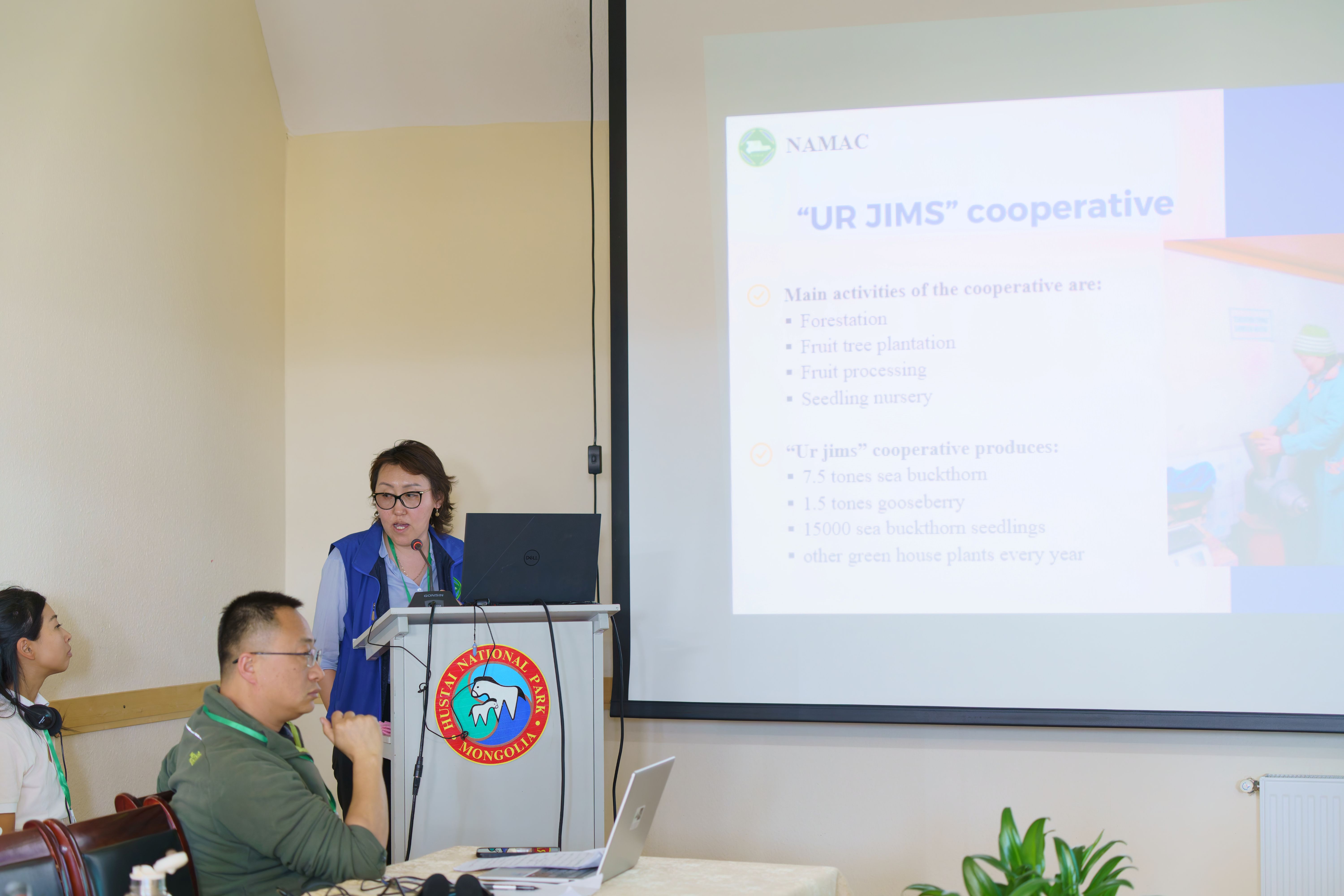
- Bayaertu, from Inner Mongolia, shared a case study on rangeland management and its impacts on community conservation outcomes.
- Li Lanxi, from Shan Shui Conservation Center, highlighted how community-based scientific monitoring in giant panda habitats provides data-driven support for adaptive conservation strategies.
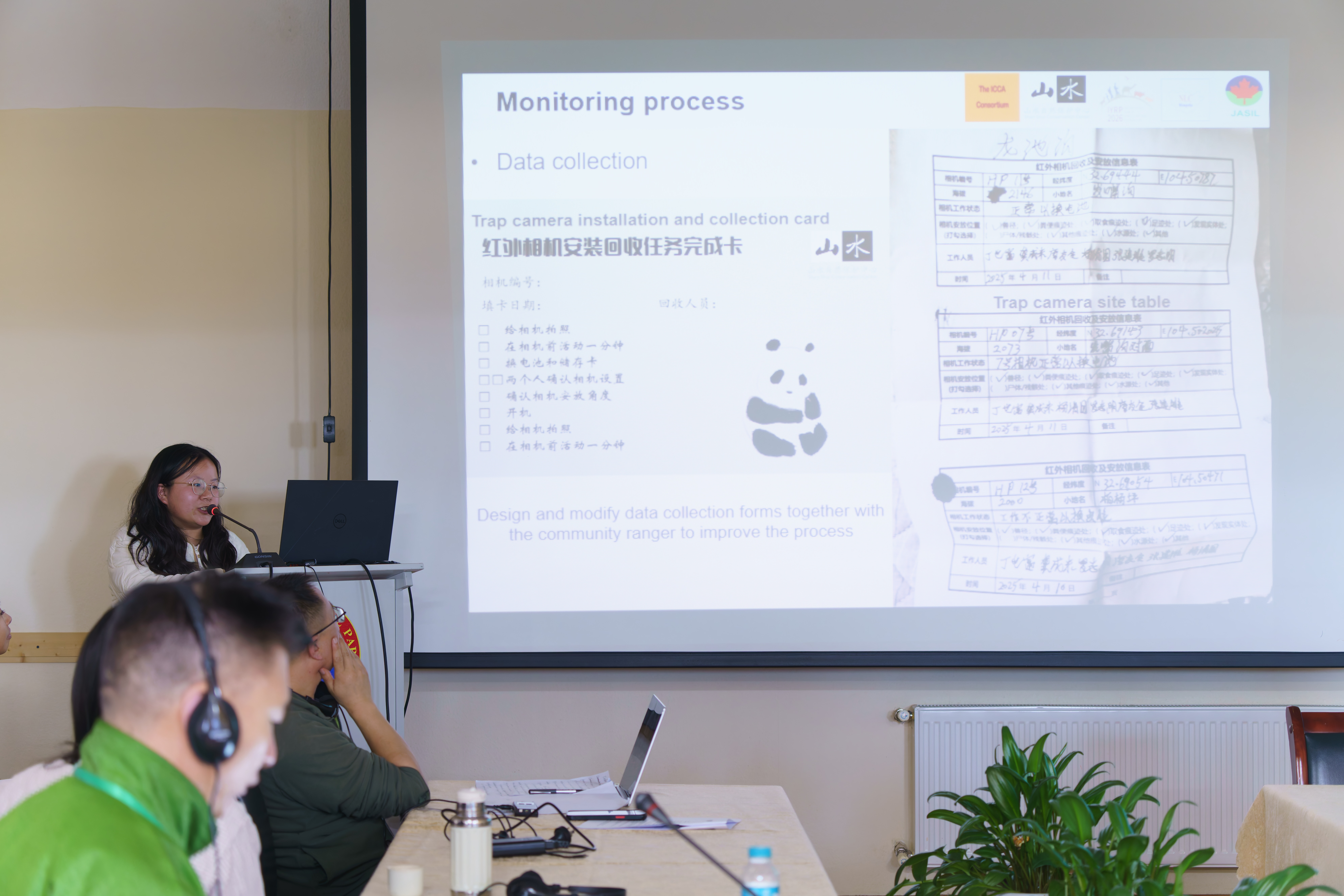
The session concluded with a roundtable discussion on “Challenges and Opportunities for Community Conservation under the Kunming-Montreal Framework,” with insights from Liu Yi, Zhang Yingyi, Neema Pathak Broome, Feng Jie, and Battulga D. They outlined the importance of KMFC on the Conservation measures and its implementation in real cases of countries and communities.
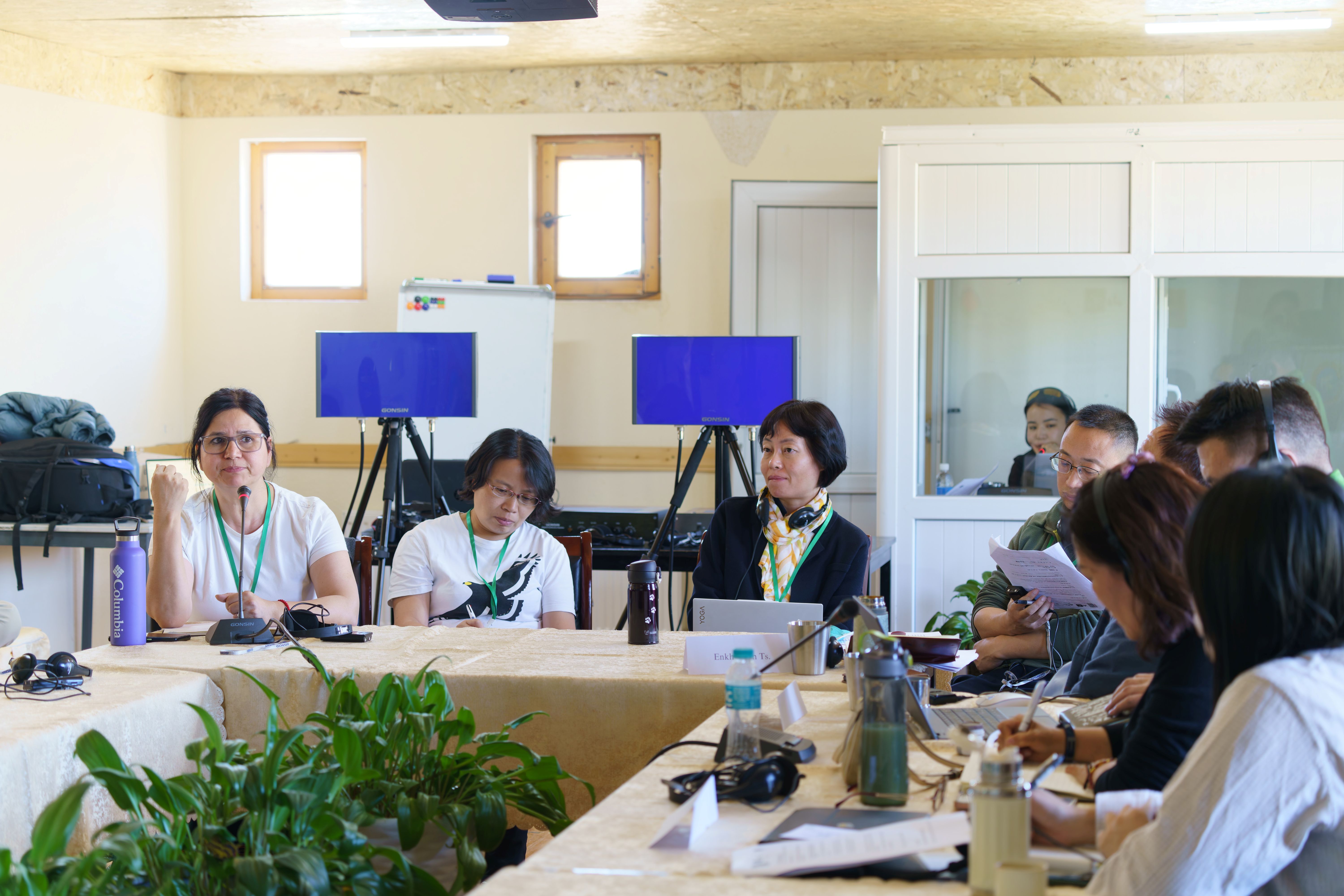
Thematic Session 2: Community Conservation and Climate Change
The second thematic session addressed community strategies for climate change adaptation and mitigation.
- Bao Huimin provided an in-depth overview of the evolution of rangeland policy in China since 1953, highlighting the shift in herders’ decision-making and conservation behavior.
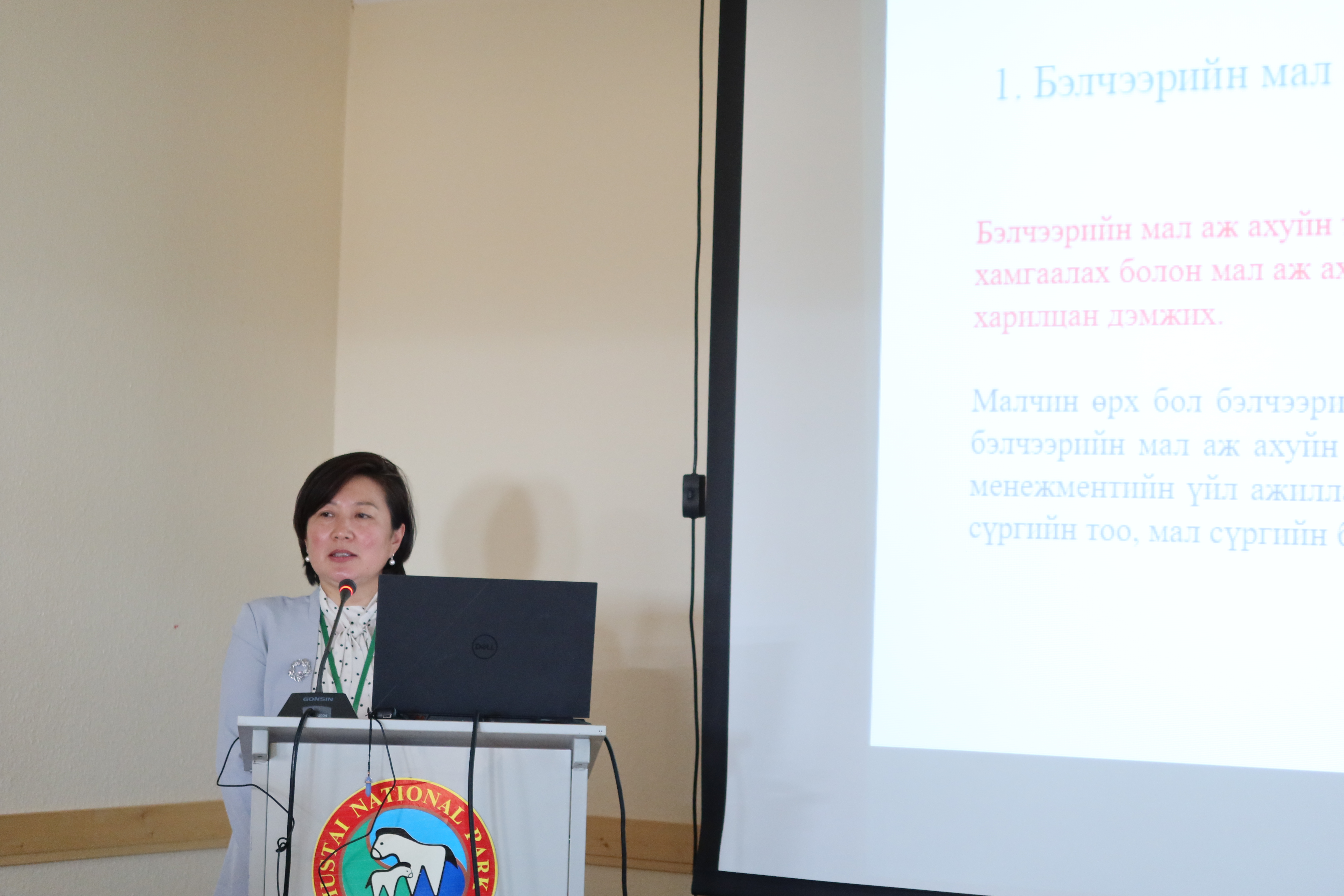
- Buyandelger S., from the Snow Leopard Conservation Foundation (SLCF), discussed the “Community Responsible Areas” initiative in South Gobi and Western Mongolia, protecting 22,838 sq.km—about 1.5% of Mongolia’s 30×30 target.

- Zhang Wenpan, from Shan Shui Conservation Center, shared a case study from the Lancang River Source Area, where a nomadic community in Sanjiangyuan National Park engages in wildlife monitoring, glacier research, grassland restoration, and sustainable livelihoods.
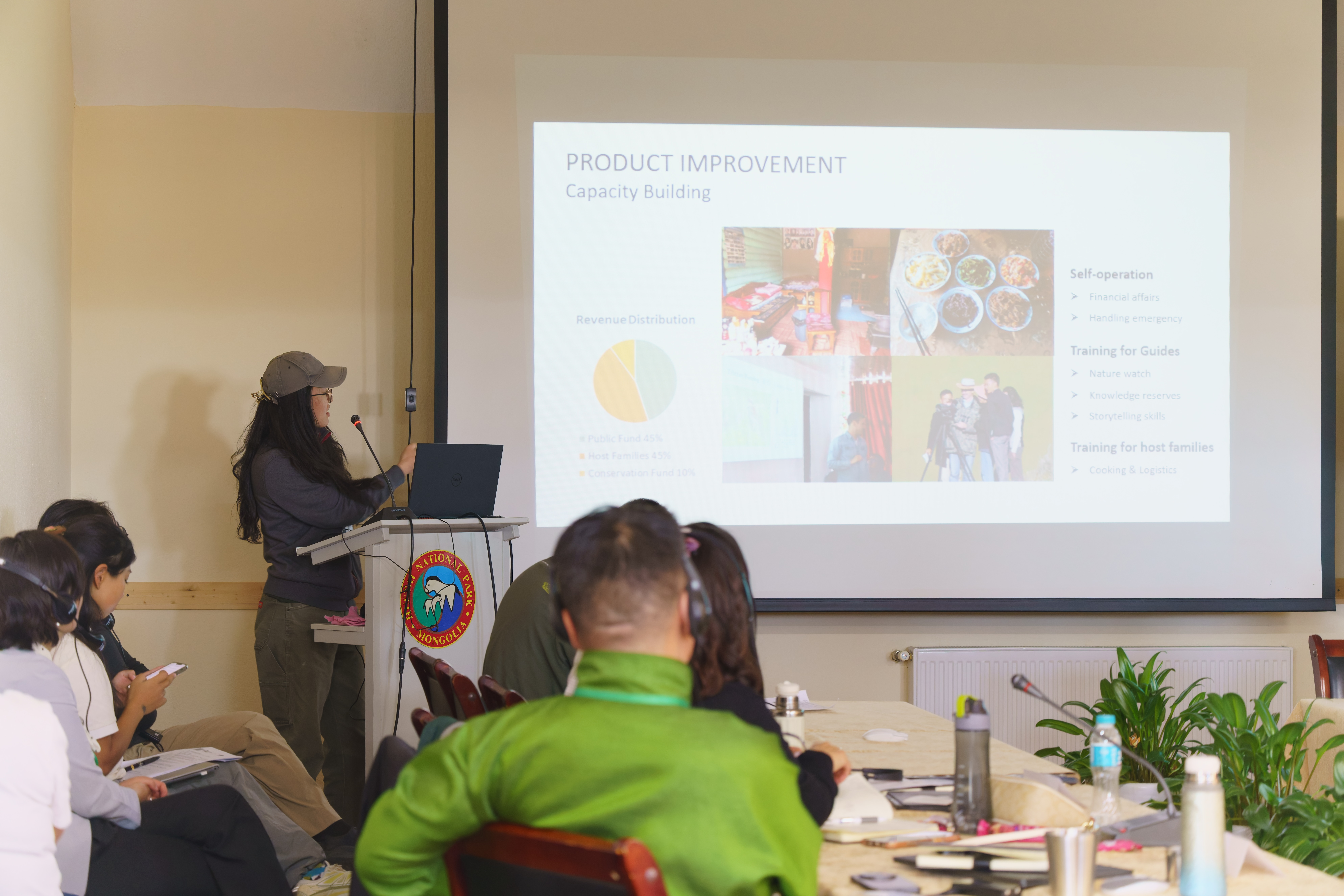
The second roundtable, “How Communities Can Address Climate Risks and Cooperate on IYRP Initiatives,” featured practitioners including Saranshimeg B., Wang Ruonan, Na Ren Gaowa, Gankhyag N., and Solongo J., who shared community-based climate adaptation efforts and opportunities for collaboration during IYRP 2026.
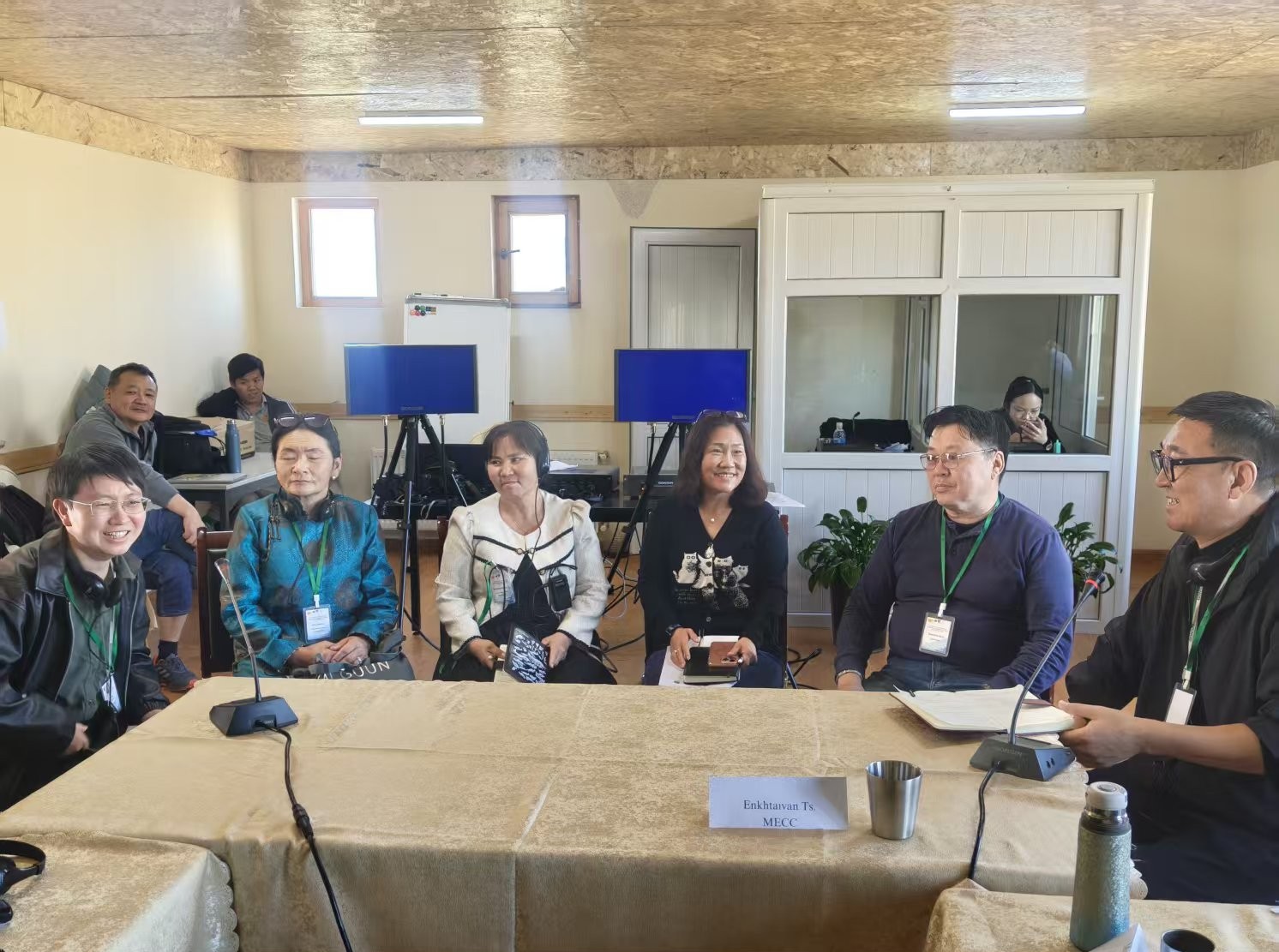
Closing Remarks
Zhang Yingyi and Ykhanbai Hijaba closed the forum by thanking all participants, interpreters, and staff. They emphasized that this in-person gathering had deepened mutual understanding and catalyzed meaningful exchanges.
Day 2: Field Visit to Hustai National Park
On the second day, participants were welcomed with an introduction to Hustai National Park before heading into the field. They observed the rare and endangered Przewalski’s horses(Takhi), the world’s only true wild horse species, alongside red deer, marmots, and other important species.
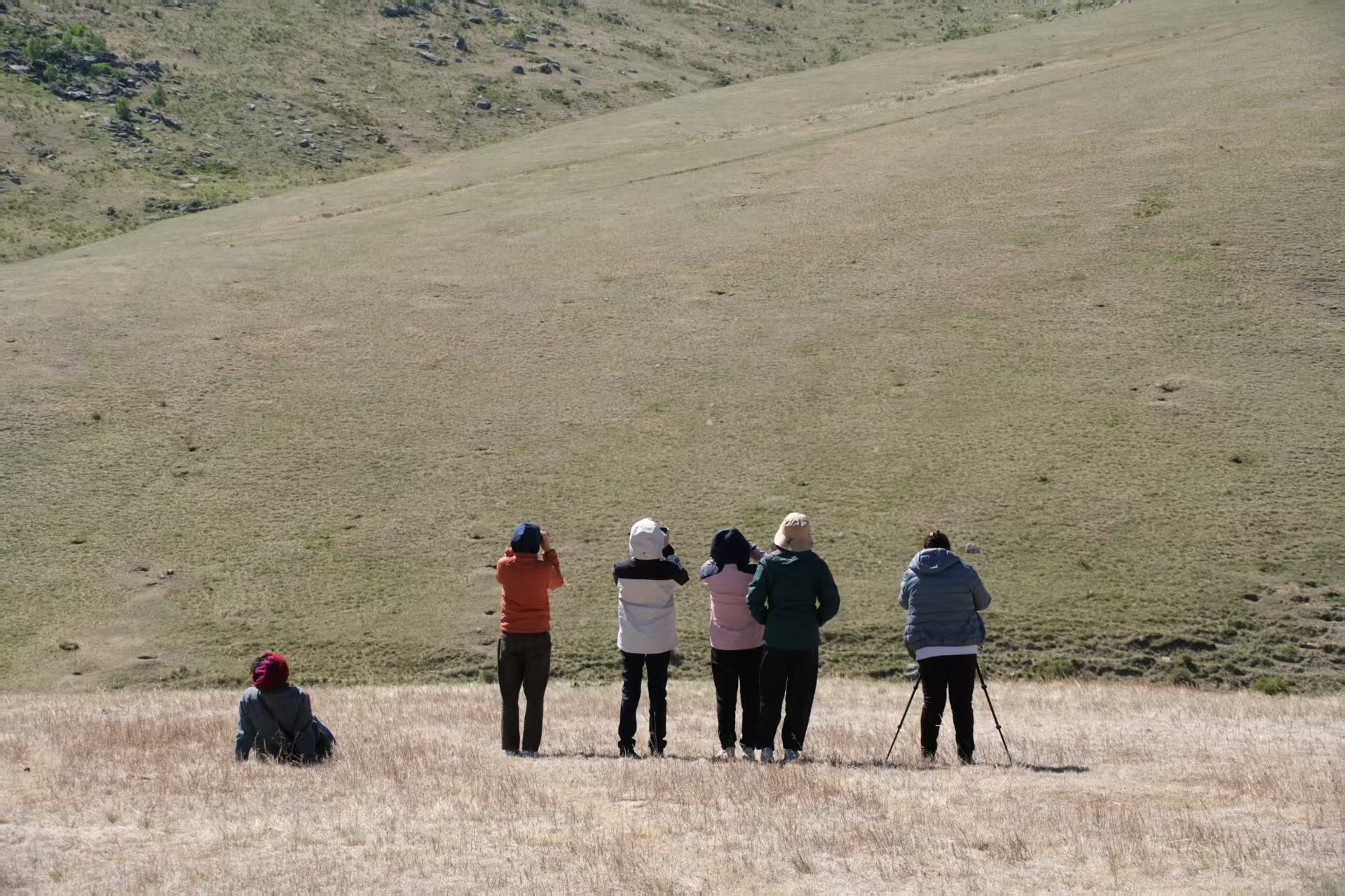 |
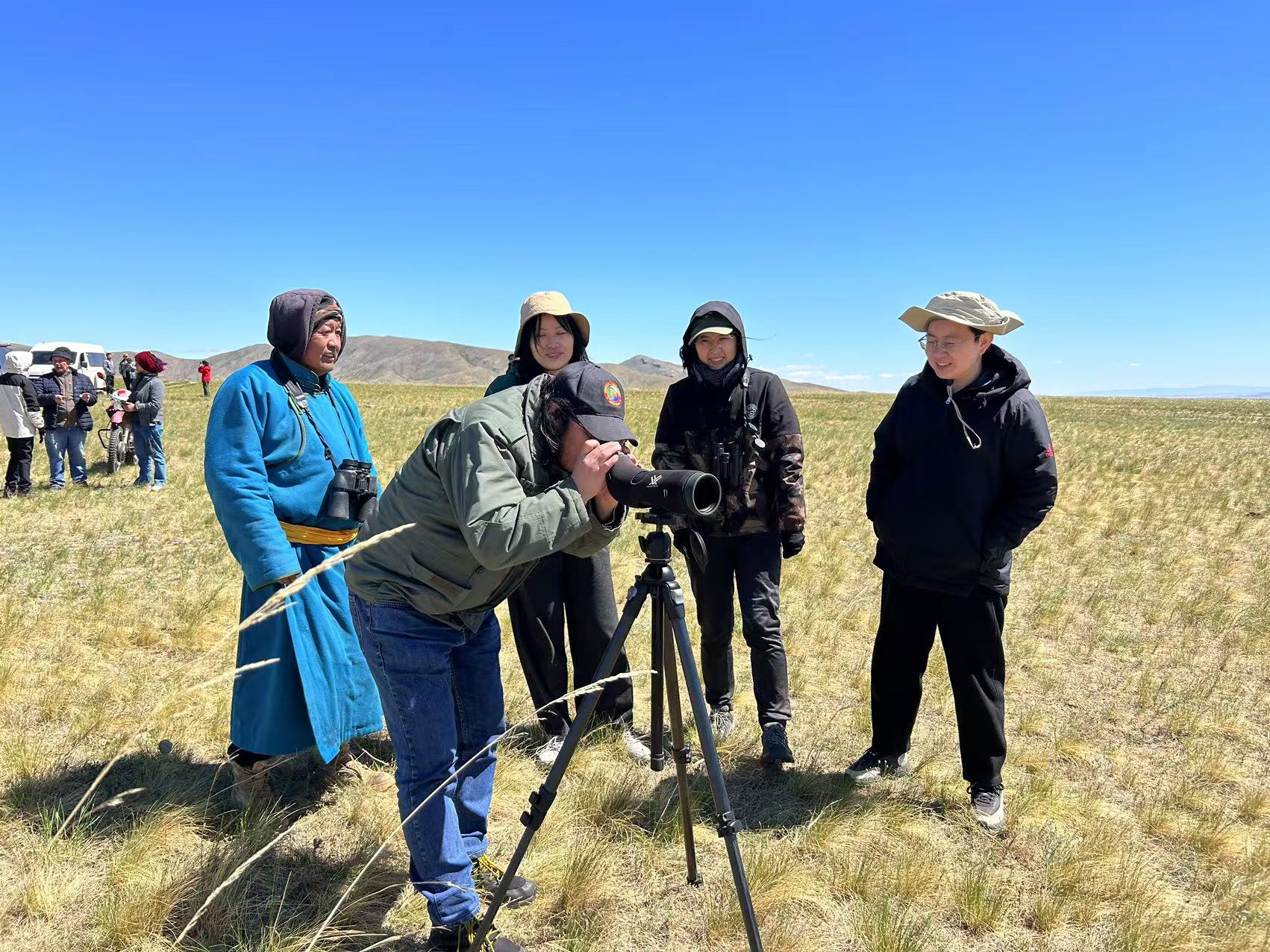 |
Participants also visited the Bayansongiono Herder Group in the park’s buffer zone, learning about their practices in rangeland management, climate change adaptation, and sustainable livelihoods.
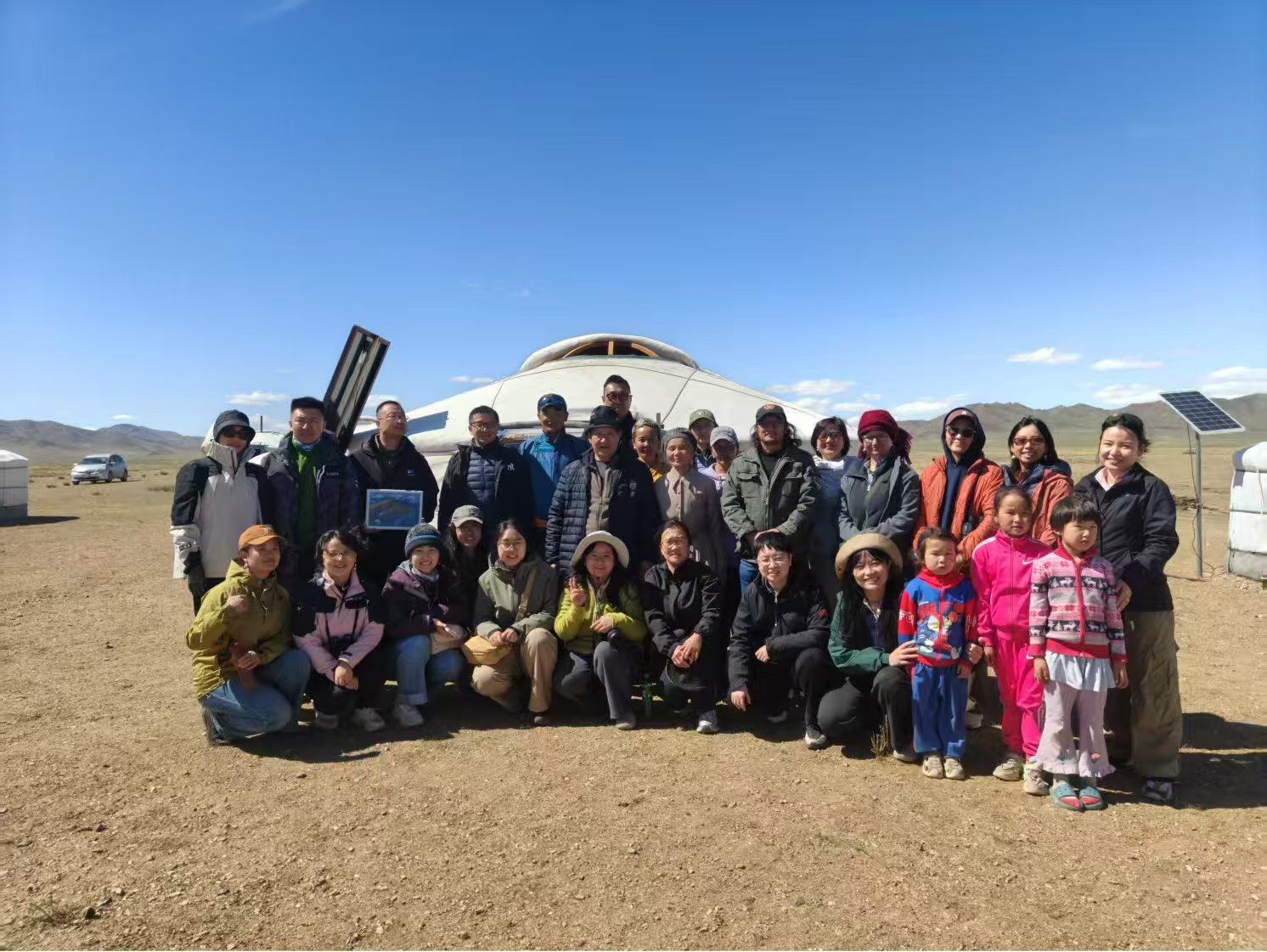
Outcomes and Reflections
This Regional Assembly deepened the relationships among members in East and North Asia—many of whom had only interacted online prior to this event. Through open dialogue on policies, case studies, and shared challenges, participants co-developed action strategies and built momentum for future collaboration in 2026 and beyond.

